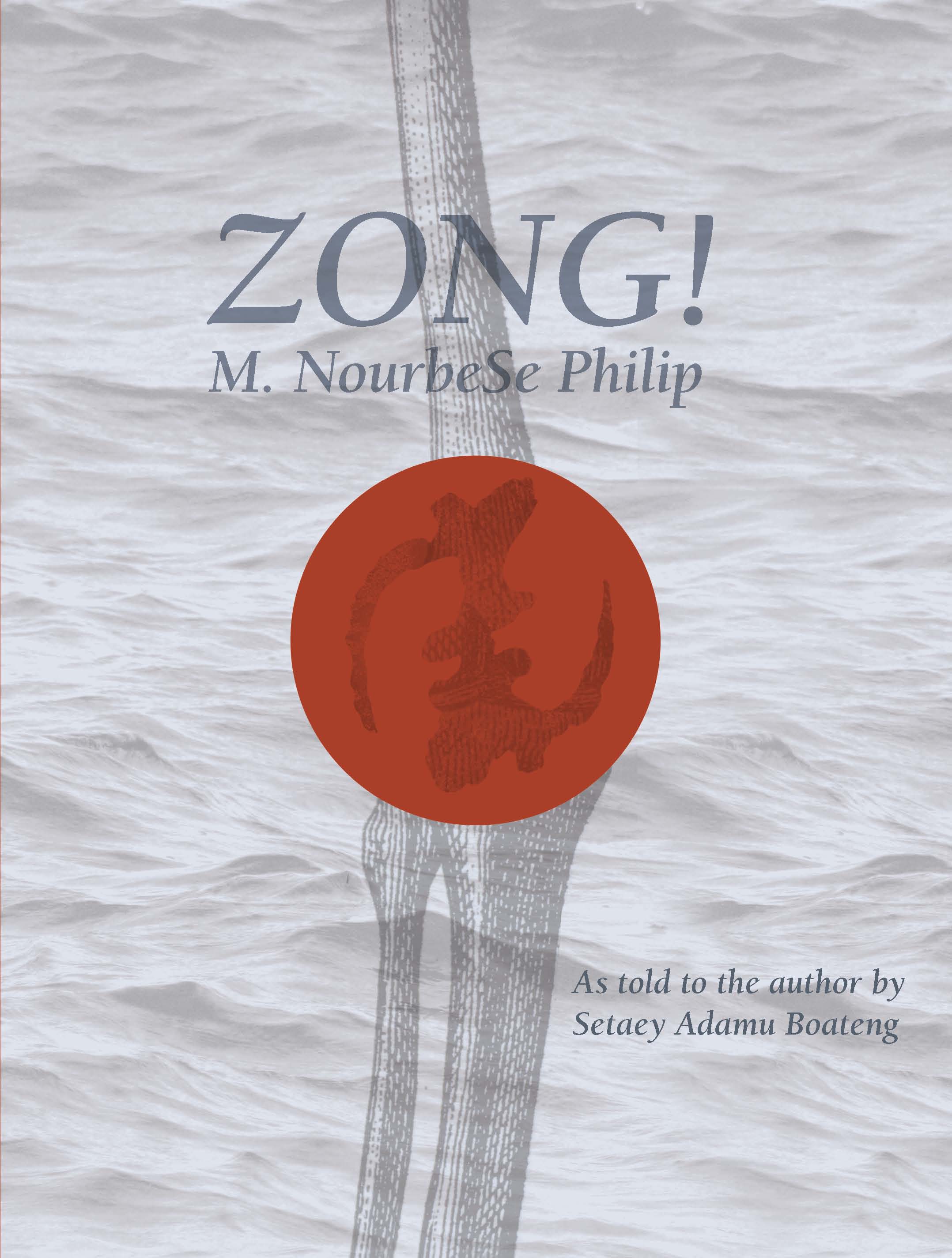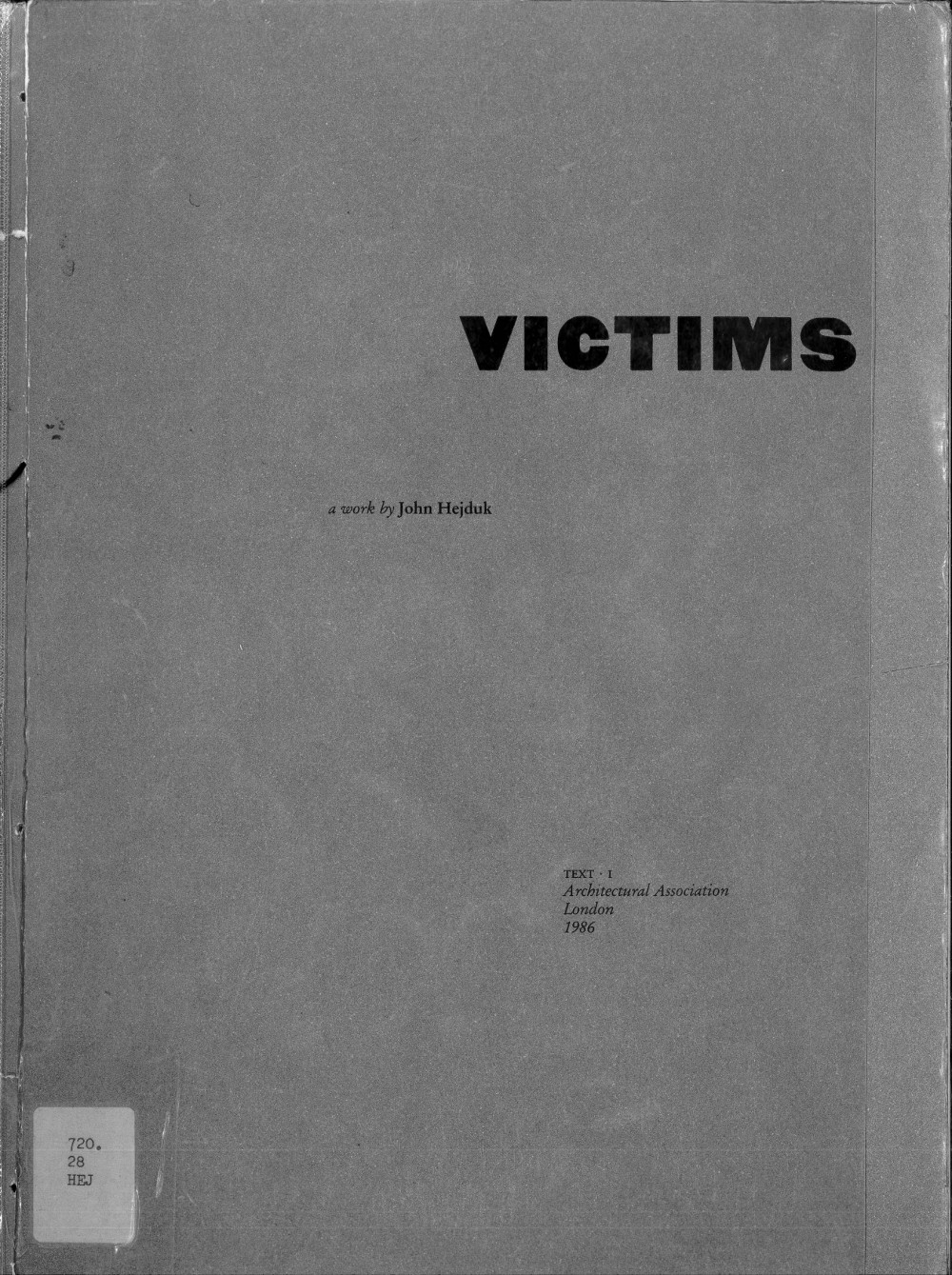M. NourbeSe Philip: Zong! (2008)
Filed under fiction | Tags: · archive, law, memory, poetry, slavery

“A haunting lifeline between archive and memory, law and poetry
In November, 1781, the captain of the slave ship Zong ordered that some 150 Africans be murdered by drowning so that the ship’s owners could collect insurance monies. Relying entirely on the words of the legal decision Gregson v. Gilbert—the only extant public document related to the massacre of these African slaves—Zong! tells the story that cannot be told yet must be told. Equal parts song, moan, shout, oath, ululation, curse, and chant, Zong! excavates the legal text. Memory, history, and law collide and metamorphose into the poetics of the fragment. Through the innovative use of fugal and counterpointed repetition, Zong! becomes an anti-narrative lament that stretches the boundaries of the poetic form, haunting the spaces of forgetting and mourning the forgotten.”
Publisher Wesleyan University Press, Middletown, CT, and Mercury Press, Toronto, 2008
Wesleyan Poetry series
ISBN 9780819568762, 0819568767
xii+211 pages
Reviews: Tyrone Williams (African Am Rev, 2009), Helen Klonaris (sx salon, 2011).
Commentary: Fred Wah (Jacket2, 2013), Janet Neigh, Phanuel Antwi and Veronica Austen, M. NourbeSe Philip, Evie Shockley, Mecca Jamilah Sullivan (Jacket2, 2013), Jenny Sharpe (Interventions, 2014).
Interview: Paul Watkins (Toronto Rev Books, 2014).
Companion website
Author
Publisher
WorldCat
PDF
Philip reading from Zong! (audio, 2007-2016)
Writing and Unwriting (Media) Art History: Erkki Kurenniemi in 2048 (2015)
Filed under book | Tags: · archive, art, media art, memory, music, technology

“Over the past forty years, Finnish artist and technology pioneer Erkki Kurenniemi (1941-2017) was a composer of electronic music, experimental filmmaker, computer animator, roboticist, inventor, and futurologist. Kurenniemi was a hybrid—a scientist-humanist-artist. Relatively unknown outside Nordic countries until his 2012 Documenta 13 exhibition, ”In 2048,” Kurenniemi may at last be achieving international recognition. This book offers an excavation, a critical mapping, and an elaboration of Kurenniemi’s multiplicities.
The contributors describe Kurenniemi’s enthusiastic, and rather obsessive, recording of everyday life and how this archiving was part of his process; his exploratory artistic practice, with productive failure an inherent part of his method; his relationship to scientific and technological developments in media culture; and his work in electronic and digital music, including his development of automated composition systems and his “video-organ,” DIMI-O. A “Visual Archive,” a section of interviews with the artist, and a selection of his original writings (translated and published for the first time) further document Kurenniemi’s achievements. But the book is not just about one artist in his time; it is about emerging media arts, interfaces, and archival fever in creative practices, read through the lens of Kurenniemi.”
Edited by Joasia Krysa and Jussi Parikka
Foreword by Erkki Huhtamo
Publisher MIT Press, 2015
ISBN 9780262029582, 0262029588
xxviii+340 pages
Reviews: Amanda Egbe (Leonardo, 2016), Alessandro Ludovico (Neural, 2016).
PDF (5 MB)
Comment (0)John Hejduk: Victims (1986)
Filed under book | Tags: · architecture, memory

An architectural performance of 67 structures planned over 60 years, on the razed site of a Nazi torture chamber in Berlin, investigating a cryptic and negative architectural representation of loss, memory and the passage of time.
Publisher Architectural Association, London, 1986
Text series, 1
ISBN 0904503771, 9780904503777
[45] folded leaves
via tlukejones
Video footage from related exhibition at the AA in 1986 (48 min)
Commentary: AA Collections blog (2015-16).
PDF (86 MB)
See also Hejduk’s The Collapse of Time: Diary Constructions, 1987.

